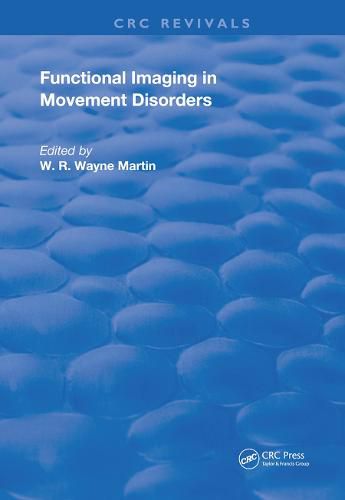Readings Newsletter
Become a Readings Member to make your shopping experience even easier.
Sign in or sign up for free!
You’re not far away from qualifying for FREE standard shipping within Australia
You’ve qualified for FREE standard shipping within Australia
The cart is loading…






First published in 1990, this indispensable volume brings together authoritative, up-to-date, critical accounts of the present status of positron emission tomography (PET) in the study of movement disorders both in terms of the basic science relevant to PET and the clinical science related to the study of specific disease processes. For better understanding, it includes a review of the basic principles of PET and tracer kinetics. It also reviews clinical studies concerning Parkinson’s and Huntington’s disease, as well as some of the less common movement disorders such as progressive supranuclear palsy, olivopontocerebellar atrophy, and dystonia. Throughout the text, it emphasizes PET as a tool for the quantitative measurement of meaningful biochemical and physiological processes. This state-of-the-art work provides a perspective concerning the degree to which PET studies have advanced knowledge and the future role anticipated for PET. All clinical and basic researchers interested in functional imaging with PET and movement disorders will find this book an absolute must.
$9.00 standard shipping within Australia
FREE standard shipping within Australia for orders over $100.00
Express & International shipping calculated at checkout
First published in 1990, this indispensable volume brings together authoritative, up-to-date, critical accounts of the present status of positron emission tomography (PET) in the study of movement disorders both in terms of the basic science relevant to PET and the clinical science related to the study of specific disease processes. For better understanding, it includes a review of the basic principles of PET and tracer kinetics. It also reviews clinical studies concerning Parkinson’s and Huntington’s disease, as well as some of the less common movement disorders such as progressive supranuclear palsy, olivopontocerebellar atrophy, and dystonia. Throughout the text, it emphasizes PET as a tool for the quantitative measurement of meaningful biochemical and physiological processes. This state-of-the-art work provides a perspective concerning the degree to which PET studies have advanced knowledge and the future role anticipated for PET. All clinical and basic researchers interested in functional imaging with PET and movement disorders will find this book an absolute must.